English is far from being an easy language when it comes to reading and spelling rules. So many inexplicable exceptions make even native speakers’ heads spin, let alone kids who begin learning English as a foreign or second language. So learning common phonics patterns is crucial but being aware of exceptions to reading rules is also important for teaching kids how to pronounce and write English words correctly. Sometimes the best way to teach English reading and spelling skills is to let young students read words with some tricky phonics patterns such as digraphs, diphthongs and other letter combinations. The more they see and read such words the better they memorize how these and similar words are pronounced. This is how so-called sight words are taught to elementary students. And this is why I have designed a set of printable phonics sounds charts for kids to read and memorize tricky spelling patterns and their correlation with pronunciation. I also use these phonics charts as an illustration of how crazy English language can be when the same letter combination is pronounced differently in different words sometimes without any reason.
When I was learning foreign languages (first English and then French), teachers would ask me to read arrays of words that represent this or another spelling/pronunciation rule. After reading a good number of such words, a student would memorize how a tricky letter combination sounds. But, being curious, I always wondered what those words meant as I hardly knew a couple of them at the outset of learning the language. I wished they offered translation of these words or pictures representing them. Wouldn’t it be wonderful to subconsciously learn the new vocabulary while learning all that boring phonetics stuff? So I managed to implement this idea in my phonics sounds charts by supplying a picture with every word. I’m a big advocate of visualizing teaching materials for elementary school students. Unlike many other phonics charts, being visually appealing, mine look much less intimidating and boring even to preschool kids. They also let children memorize some vocabulary at the back of their minds while reading those words to learn spelling and sound patterns.
When designing the phonetic charts, I took into consideration American English and British English pronunciation, so in some cases there are two variations of phonetic transcriptions divided by a slash (/) with the American English coming first.
My set of phonics sounds charts includes more than 30 printable sheets that feature the following:
Vowel Digraphs, Diphthongs and Letter Combinations (18 sheets)
 |
| Example of a vowel digraph chart. |
R-Controlled Vowels (5 sheets)
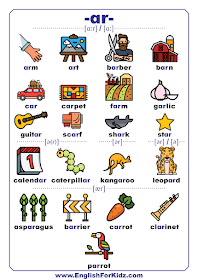 |
| Example of an r-controlled vowel chart. |
Consonant Digraphs and Other Letter Combinations (8 sheets)
 |
| Example of a consonant digraph chart. |
Silent Letters (1 sheet)
 |
| Silent letters chart. |
Double Letters (2 sheets)
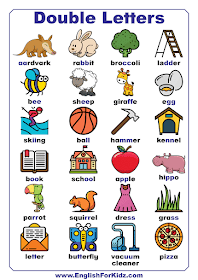 |
| Double letters chart. |
I’ll be publishing more of my visually-enhanced phonics sounds charts in my future blog posts to share them with fellow EFL and ESL teachers. If you need all them right now, you can purchase the whole set in the printer-ready PDF format HERE.



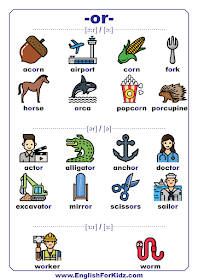

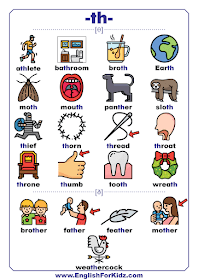
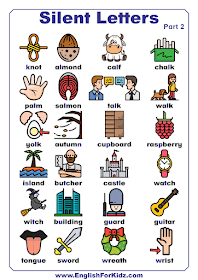
No comments:
Post a Comment